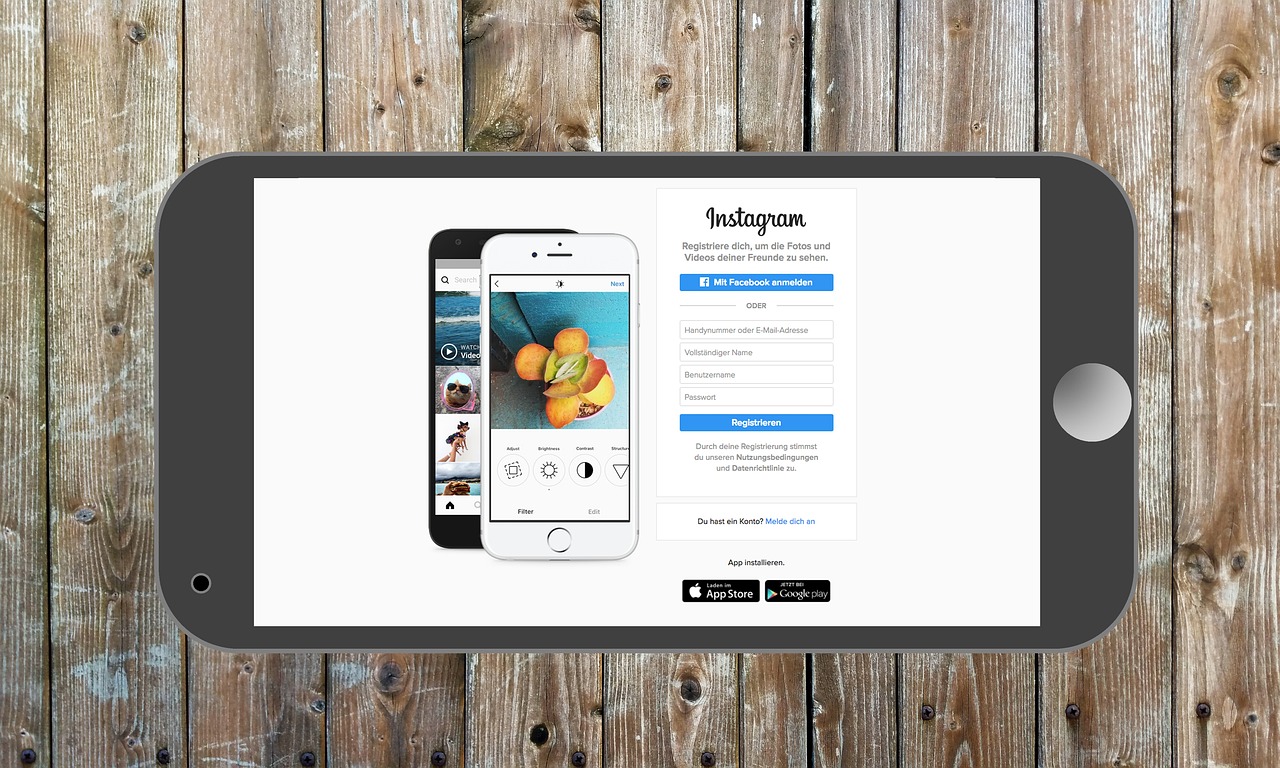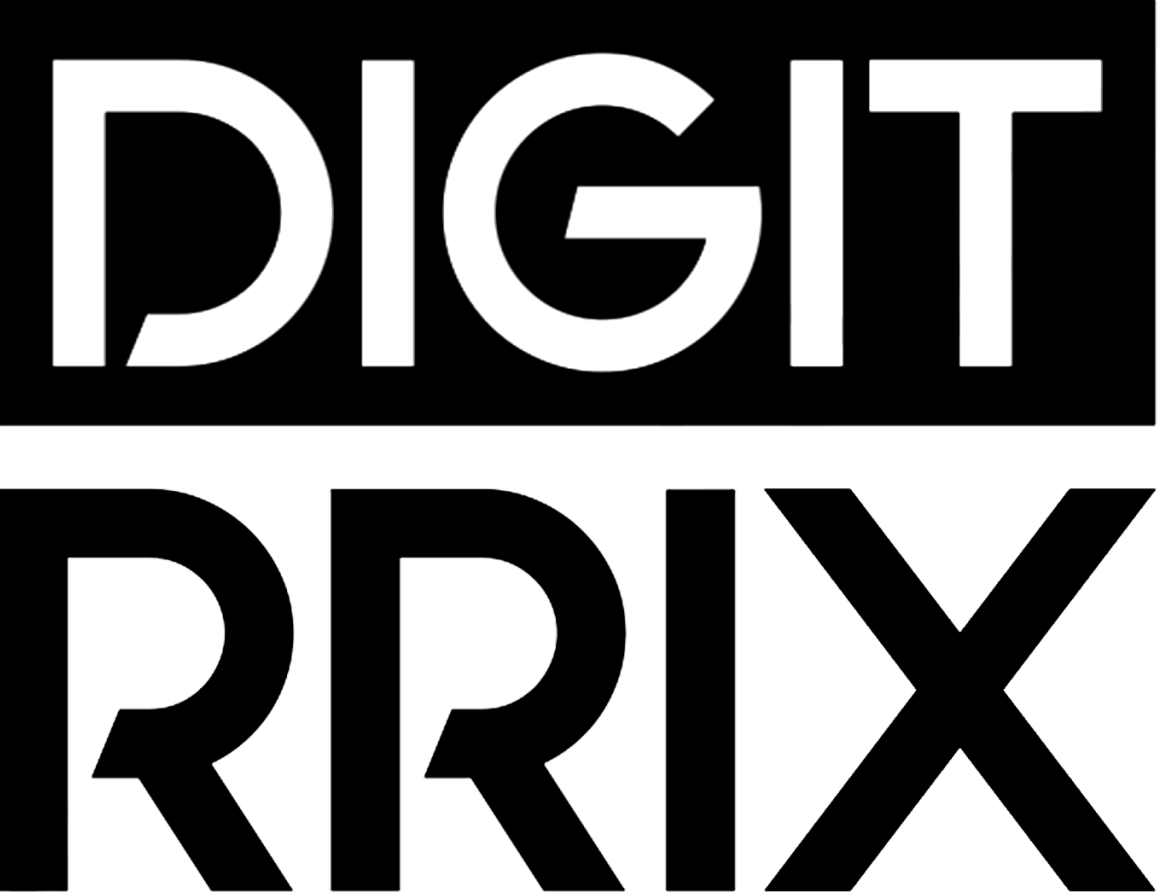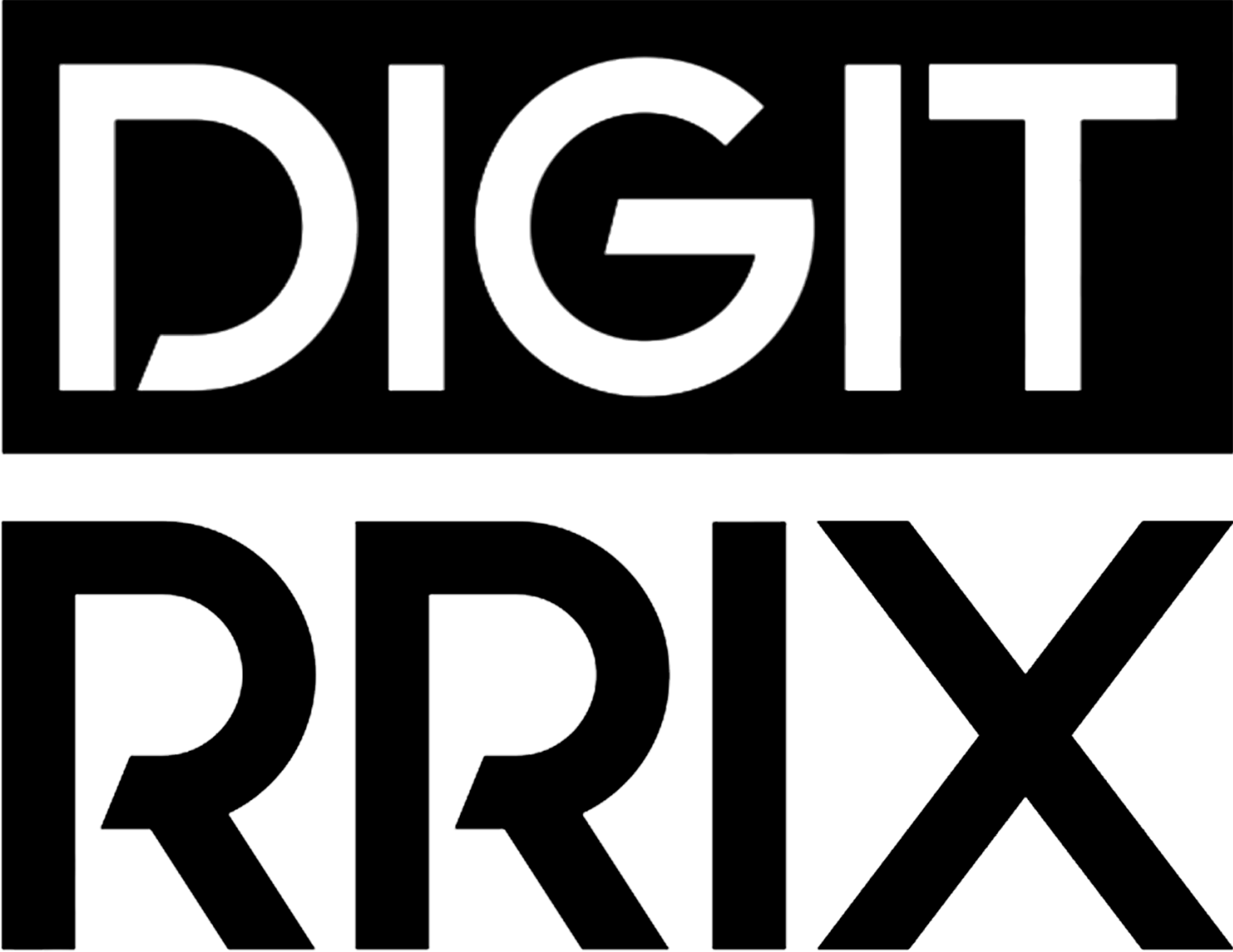
Social Media Marketing: Tips for Engaging Your Audience
In today’s digital landscape, successfully engaging your audience requires more than just posting content; it demands a strategic approach to Social Media Marketing. Understanding your audience is the cornerstone of effective online communication. By creating compelling content that resonates, you can foster meaningful connections and drive interaction. Additionally, leveraging the right platforms ensures your message reaches the intended demographic. Incorporating captivating visuals not only enhances your posts but also boosts engagement rates. As you refine your marketing strategies, analyzing performance metrics becomes essential in tailoring your approach for maximum impact. Dive into our expert tips and transform your social media presence into a dynamic tool for audience engagement.
Understanding Your Audience for Effective Social Media Marketing
In the realm of digital promotion, knowing your audience is paramount to achieving success. Understanding your target demographic enables you to tailor messages that resonate and encourage engagement. Start by defining who your ideal customers are; consider factors such as their age, interests, behaviors, and pain points. This foundational knowledge will provide invaluable insights into their preferences and expectations.
Utilizing analytics tools can significantly boost your audience understanding. Platforms such as Google Analytics and Facebook Insights offer detailed demographic data, helping you uncover key characteristics of your followers. Additionally, social listening tools allow you to monitor conversations and trends relevant to your industry. This information empowers you to create content that truly speaks to your audience’s core desires.
Another effective approach is conducting surveys and feedback sessions. Engaging directly with your audience through polls, questionnaires, or comment sections invites them to share their opinions, likes, and dislikes. Not only does this demonstrate that you value their input, but it also shapes your strategy based on real consumer feedback.
Don’t forget the importance of segmenting your audience. By categorizing your followers into specific groups, you can craft tailored messages that address each segment’s unique characteristics. For instance, a fashion brand might create distinct content for teens and professionals—different styles and tones will resonate with each demographic.
In summary, a deep understanding of your audience forms the cornerstone of effective strategy development. When you know who you are speaking to, you can create a rich, engaging dialogue that elevates brand loyalty and fosters community—all essential elements in thriving in today’s competitive landscape.

Creating Compelling Content That Resonates
Compelling content serves as the backbone of any successful Social Media Marketing strategy. It is essential to develop material that not only captivates your audience but also aligns with their interests, values, and preferences. A well-crafted message enhances your brand’s visibility and fosters deeper connections with your followers.
To start, understand the type of content that resonates with your target audience. Consider what they are passionate about, their common challenges, and the solutions you provide. Conduct market research or utilize existing analytics to gather insights into your audience’s behavior. By understanding what your audience values, you can tailor your messaging to speak directly to them.
Next, tell a story. Storytelling is one of the most powerful tools in content creation. Craft narratives that communicate your brand’s mission, share customer testimonials, or highlight your product’s benefits through engaging anecdotes. This approach not only entertains but also builds emotional connections, encouraging your audience to engage more profoundly with your content.
Diversify your content types as well. Infographics, videos, polls, or interactive posts can increase engagement rates tremendously. By mixing formats, you can attract various segments of your audience and keep your social media channels lively and interesting. Remember, visual elements generally outperform text alone, so leverage graphics or videos to illustrate your points and capture attention.
Lastly, don’t forget to call your audience to action. Each piece of content should have a clear objective—whether that’s asking followers to comment, share, or click through to your website. A strong call to action converts passive viewers into active participants, enhancing engagement and helping your business achieve its goals. By creating compelling content that speaks to your audience’s needs, you’ll position your brand for success in the crowded social media landscape.
Leveraging Platforms for Maximum Engagement
To achieve success in Social Media Marketing, it’s crucial to understand that not all platforms are created equal; each has its unique audience dynamics and interaction styles. By leveraging platforms effectively, brands can significantly enhance their engagement levels and create meaningful connections with their audience.
First, start by identifying the platforms where your target audience spends the most time. For instance, if you’re targeting millennials, platforms like Instagram and TikTok might be your best bet, as they favor visually striking content. In contrast, LinkedIn is ideal for B2B interactions, focusing on professionals seeking industry insights. Once you pinpoint the right platforms, tailor your content accordingly. Each platform has its own norms—what works on Facebook may not translate seamlessly to Twitter.
It’s also vital to capitalize on platform-specific features. Instagram Stories and Reels encourage interactive content through polls and quizzes, creating opportunities for real-time engagement. On Twitter, utilize trending hashtags to join larger conversations and increase visibility. Similarly, LinkedIn allows for extensive professional sharing, making it the ideal space for showcasing thought leadership articles and case studies. By integrating these features into your strategy, you not only bolster engagement but also enrich the user experience.
Moreover, consider employing a consistent posting schedule across platforms, while still respecting the optimal posting time for each. Regular interactions help sustain audience interest and visibility, while timely responses to comments and messages will nurture relationships and encourage loyalty. This two-way communication turns followers into advocates for your brand.
Finally, track your performance metrics on each platform. Analyzing engagement rates, shares, and comments will provide insights into what resonates with your audience, allowing you to refine your approach as necessary. With these strategic actions in place, you will not only leverage platforms effectively but also maximize engagement for your Social Media Marketing efforts.
Incorporating Visuals to Enhance Your Social Media Marketing
In the fast-paced world of digital communication, visuals play a crucial role in capturing and maintaining audience attention. Incorporating visuals into your content strategy is not merely an aesthetic choice; it’s a tactical necessity that can significantly boost engagement rates. Studies show that posts with images receive 94% more views than those without. Therefore, leveraging rich media should be a top priority for anyone aiming to create impactful online experiences.
Utilizing high-quality images is essential. Such visuals can establish brand identity and convey your message more effectively than text alone. Consider using branded graphics, infographics, and photos that resonate with your target demographic. For example, a vibrant infographic summarizing key statistics can easily communicate complex information in an engaging format, making users more likely to share it.
Videos are another powerful tool in your visual arsenal. With short-form content gaining traction, platforms like Instagram Reels, TikTok, and YouTube Shorts offer opportunities to showcase your products or services dynamically. A well-crafted video can convey emotion, demonstrate a product’s functionality, or even share testimonials, all of which can resonate well with potential customers.
Stories and ephemeral content on platforms such as Snapchat and Instagram present a more casual way to connect with followers. These formats encourage authenticity and allow brands to showcase behind-the-scenes glimpses, live events, or timely promotions, keeping your audience engaged and returning for more.
Incorporating visuals into your strategy not only enhances aesthetic appeal but also leads to higher retention rates and brand loyalty. By consistently investing in quality visual content, you’re not just telling your story; you’re inviting your audience to become part of it, resulting in deeper connections and increased engagement.

Analyzing Metrics to Refine Your Approach
In today’s digital landscape, relying solely on intuition for your Social Media Marketing strategy is no longer sufficient. Instead, leveraging data-driven insights from analyzing metrics can empower you to refine your approach effectively. By examining performance data, you can identify what resonates with your audience and what does not, allowing for ongoing optimization.
Key Metrics to Monitor
First and foremost, focus on essential metrics such as engagement rates, reach, impressions, and conversion rates. Engagement rates provide insights into how well your audience interacts with your content, highlighting which posts spark conversations and shares. Understanding reach and impressions helps you measure the visibility of your content, shedding light on which platforms and post types gain traction.
Utilizing Analytics Tools
Employing robust analytics tools can simplify this process. Platforms such as Google Analytics, Facebook Insights, and Twitter Analytics provide comprehensive reports that break down user interactions and demographics. These insights help you tailor content that is not only relevant but aligns with your audience’s preferences and behaviors.
Testing and Iterating
Consider adopting a test-and-learn mindset. Run A/B tests on different post types, captions, and posting times to determine what works best for your audience. Regularly reviewing these metrics enables you to iterate your strategy, ensuring your content remains fresh and engaging.
Making Data-Driven Decisions
Ultimately, the actionable insights derived from your metric analysis will lead to informed decisions. By consistently engaging with your data, you can pivot your Social Media Marketing strategy as needed, enhancing your overall effectiveness and driving better results. In a constantly changing digital landscape, being data-centric in your approach is vital for staying ahead of the curve.
Frequently Asked Questions
What are the best platforms for social media marketing?
The best platforms for social media marketing largely depend on your target audience and business goals. However, popular choices include Facebook, Instagram, LinkedIn, and Twitter. Facebook is ideal for B2C engagement, Instagram is perfect for visually-driven brands, LinkedIn serves B2B professionals, and Twitter excels in real-time communication. It’s crucial to analyze where your audience spends their time and tailor your strategy accordingly.
How frequently should I post on social media?
The frequency of your social media posts can significantly impact engagement. Generally, brands should aim for at least one post per day on platforms like Instagram and Facebook, while Twitter may require multiple posts throughout the day due to its fast-paced nature. However, quality should always take precedence over quantity; it’s essential to maintain a consistent posting schedule that keeps your audience engaged without sacrificing the value of your content.
What types of content engage my audience the most?
To truly engage your audience, focus on a mix of content types that resonate with them. This includes informative blog posts, captivating images and videos, polls, and live sessions. User-generated content is also highly effective in building community and trust. Additionally, share behind-the-scenes looks at your brand to humanize your business. Experiment with various formats to see what drives the most interaction and aligns with your brand identity.
How do I measure the success of my social media marketing efforts?
Measuring the success of your social media marketing efforts involves tracking a variety of metrics such as engagement rate, reach, and conversions. Utilize tools like Google Analytics and built-in platform analytics to monitor how many shares, likes, and comments your content receives. Additionally, keep an eye on referral traffic to your website from social media. Establish clear KPIs related to your goals, whether they are brand awareness, lead generation, or sales, to assess your performance effectively.



